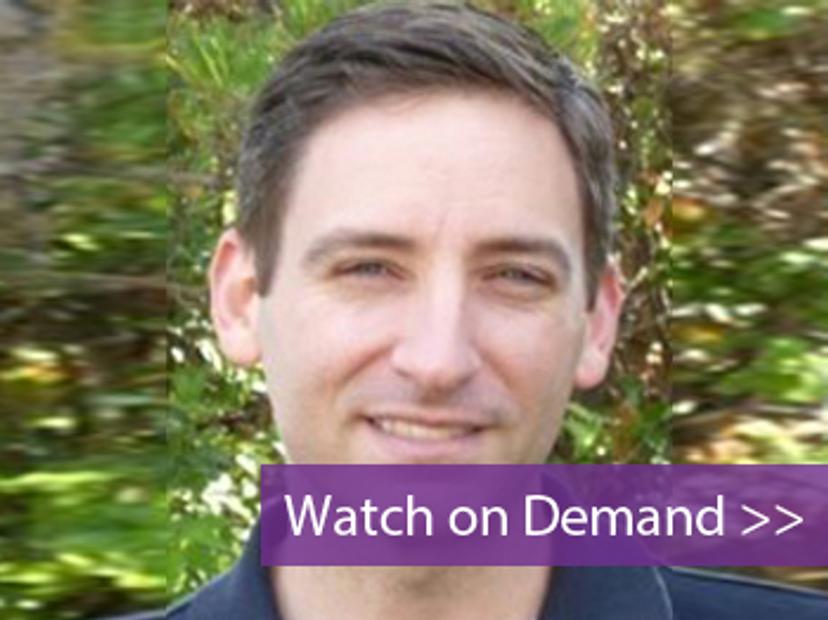Off-load gene therapy and vaccine buffer exchange to Big Tuna
Watch this on-demand webinar to learn about new methods tailored to each gene therapy vector type
15 Aug 2021
One of the biggest challenges when producing gene therapy vectors such as adeno-associated virus (AAV), vaccine carriers like lipid nanoparticles (LNPs), and their payloads for targeted therapeutics delivery is sample integrity and recovery.
In this on-demand webinar, Joe Barco, from Unchained Labs, describes new methods tailored to each gene therapy vector type and how these finicky samples can now be exchanged and concentrated in a higher-throughput manner, offering faster and more consistent sample exchange without compromising sample integrity or recovery.
Watch on demandThink you would benefit, but missed the live event? Register now to watch the webinar at a time that suits you or read on for highlights from the Q&A session.
Q: Can Big Tuna desalt mRNA samples?
JB: Yes, it can. The data I have shown shows DNA, but we have done RNA and our customers have done mRNA as well.
Q: Can I run part of the plate?
JB: Yes you can, during the process of setting it up you can choose part of the plate and then save the rest of the plate for another run.
Q: What kind of pressure are you using to perform the filtration?
JB: There are three pressure settings on Big Tuna. We run at 15 psi or about 1 bar for AAVs, for low-concentration nucleic acids and proteins about 0.5 mg/mL and below we run about 30 psi or 2 bar, and for VLPs, LNPs and other proteins, it is 60 psi or about 4.1 bar. These are defaults settings for sample presets and adjustable based on what someone's running. You can override the preset and run the sample at a different pressure.
Q: Can it handle running samples that might be sensitive to contamination due to air or the environment?
JB: There are a few options for that: The first one is you can run the buffer exchange chamber with nitrogen pressure instead of clean dry air. The second option is an enclosure that will prevent some level of air crossflow within the room and some level of containment on the system deck. The third is a HEPA filter option which allows air-sensitive things to be protected.
Q: How do you handle samples with different flow in the same run?
JB: Big Tuna will adjust the cycle duration on the fly which is probably different than usual. When you do centrifugation, you just set it at a certain time and walk away.
However, samples have different flow rates when they start to run. Big Tuna takes care of that by doing a very short pressurization time and check-in for the first cycle. This is then compared with every other sample to get an idea about how they are flowing, then it will adjust the rest of that duration based on those results. As the process goes forward, samples just start to run differently.
Essentially, Big Tuna adjusts every cycle to ensure that the fastest flowing sample does not over dry or overconcentrate because of other things that are running slowly.
Q: Can you give some more information about temperatures and temperature control with Big Tuna?
JB: Big Tuna runs at ambient temperatures. We ourselves and our customers have worked with this for some time and have not recorded issues with that process. We realized that the best way to do any buffer exchange and concentration is to finish it as promptly as possible. The idea is to get the concentration and exchange done within a working day or a few hours. However, sometimes the run may take longer so we ensure that the pressure exchange chamber is closed at the end of the run for protection from the environment.
Q: Are the concentration plates reusable?
JB: They are not. It is similar to a tangible filter which you would never reuse as it gets in contact with a membrane, so we do not recommend reusing them.
